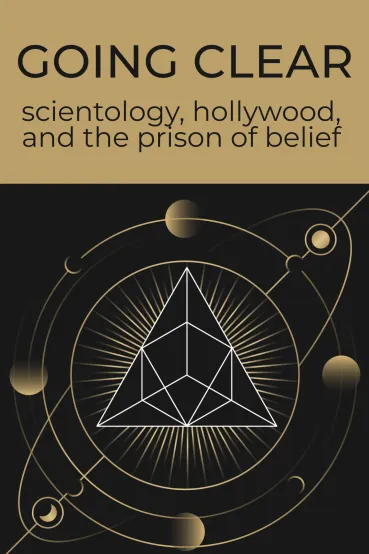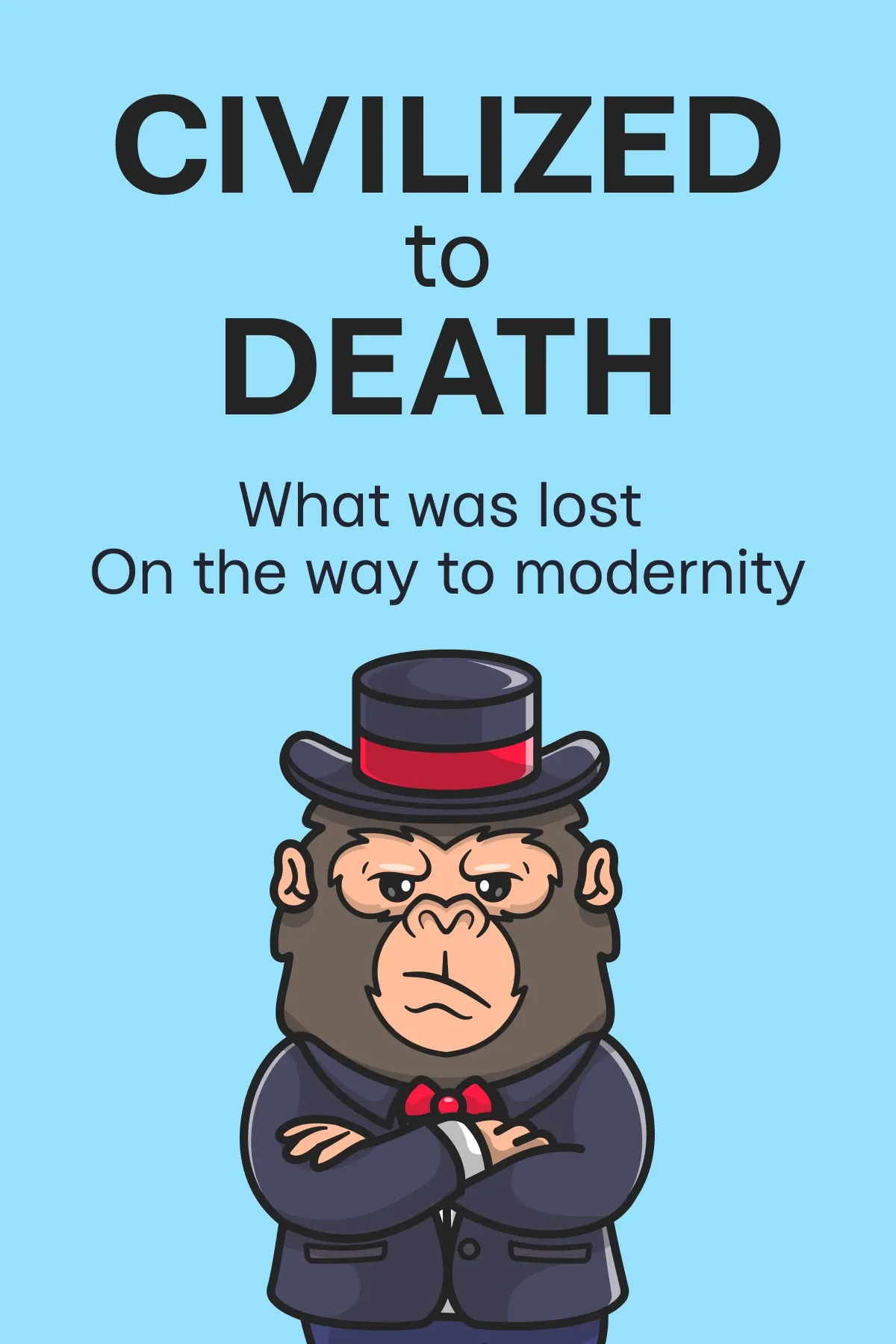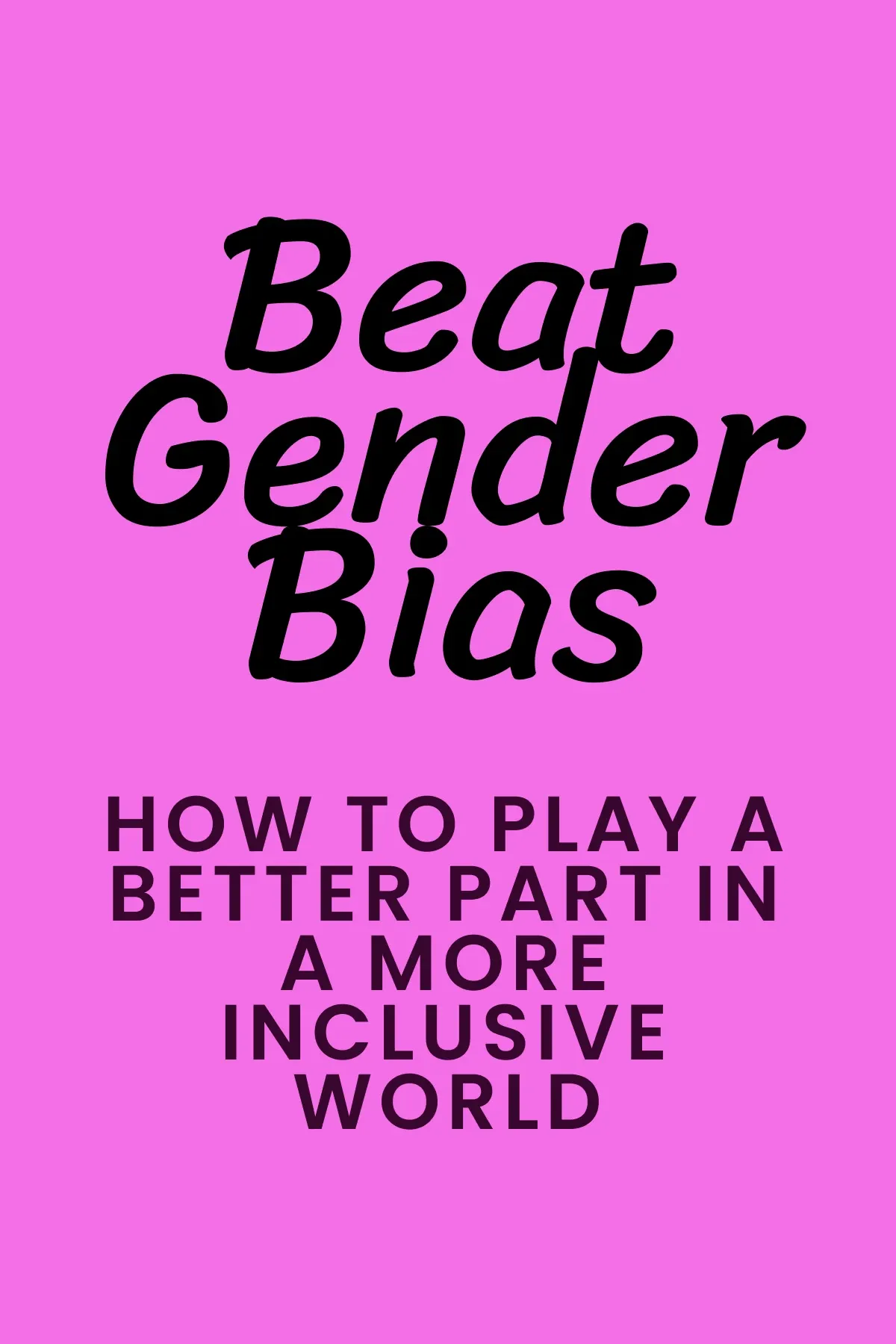
Going Clear
Brief Summary
Have you ever wondered about unconventional religions? Well, Scientology is one of the most controversial churches out there, and “Going Clear” by Lawrence Wright will uncover all its secrets right before your eyes.
Key points
Key idea 1 of 10
What kind of religion is Scientology? Or, rather, is it a religion at all? This is not an easy question to answer. In 1957, Scientology received religious status from the US government. Technically, Scientology has the defining qualities of a religion: it has a system of beliefs, its ceremonies and rituals, as well as rules and behavioral norms. It even attributes extraordinary powers to its founder, L. Ron Hubbard.
However, just a decade later, the IRS stated that Scientology wasn’t a religion but an enterprise with a single goal in mind – financial gain for the founder. And that statement definitely has some ground under it. The main reason that Scientology managed to keep going even after the death of L. Ron Hubbard is its immense financial resources. The Church possesses about $1 billion in liquid assets, more than leading religions worldwide. Moreover, the church owns about 12 million square feet of property, with Hollywood being the main center of its operations.
What is even more perplexing, considering such financial assets, is that the Church of Scientology doesn’t have that many members. It unofficially claims to have about eight million around the world, but in reality, it’s closer to just 30,000. The Statistical Abstract of the US published a survey showing that only 25,000 Americans consider themselves members of the Church. The majority of Scientologists are gathered in Los Angeles – about 5,000 people.
The main defining quality of Scientology, which is easy to get from the name alone, is its assertion of being grounded in science. L. Ron Hubbard supposedly created his doctrines through scientific research. The central point of Scientology’s teachings is his book, Dianetics. Many psychologists argue that Scientology’s scientific claims clash with basic psychology principles. A psychoanalyst, Erich Fromm, denounced the book and stated that it opposes Freud’s teachings and has no actual understanding of scientific methods.
Scientology’s leader is an object of debate himself. Jim Dincalci, a man who later worked for the Church, described Hubbard as having a paranoid personality and delusions of grandeur, as well as a pathological habit of lying. A British biographer Russel Miller managed to contact Hubbard’s ex-lover. She said that he was manic, paranoid, and depressive. Dr. Stephen Wiseman, a professor at the University of British Columbia, even suggested “malignant narcissism” as Hubbard’s possible diagnosis.
You may also like these summaries











